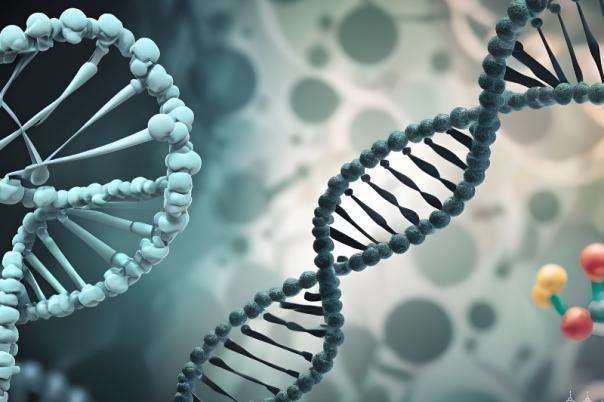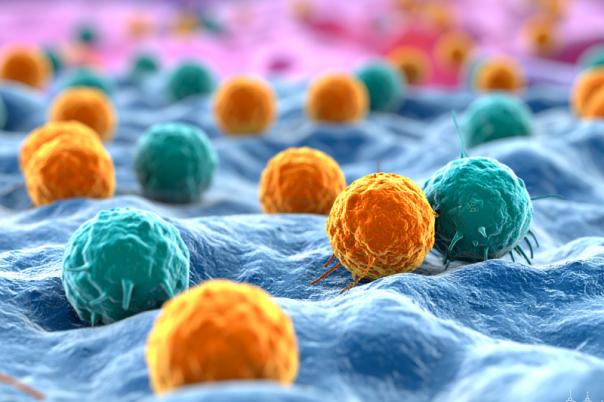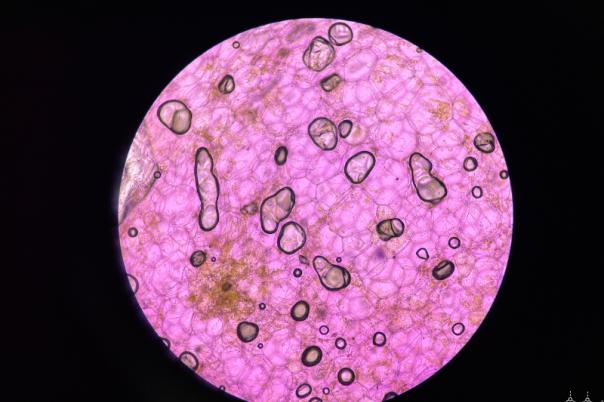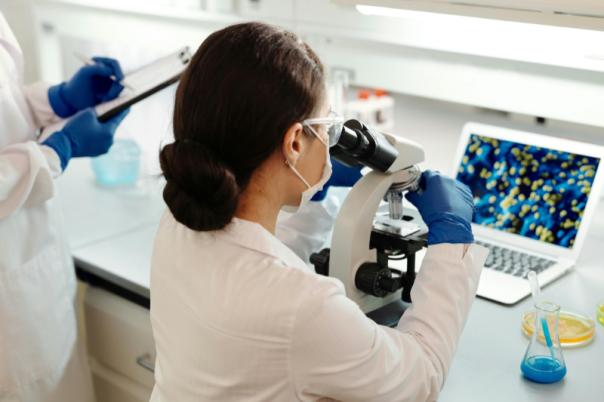Kazumasa Kanemaru delivered this presentation on Spatially Resolved Multiomics of Human Cardiac Niches, focusing on the Human Cell Atlas initiative. Kanemaru began by outlining the mission of the Human Cell Atlas, a global effort initiated in 2016 by Sarah Teichmann and Aviv Regev, which aims to create a detailed reference map of human cells using single-cell and spatial transcriptomics. This ambitious project has already catalogued over 100 million cells, providing unprecedented insights into human tissue at the molecular level.
The presentation then shifted to the cardiac conduction system, particularly the sinoatrial (SA) node and its pacemaker cells, which are crucial for regulating the heartbeat. Kanemaru explained the intrinsic and extrinsic mechanisms governing pacemaker cell function, highlighting the interplay between gene regulatory networks and external signals such as hormones and neurons. He emphasised the importance of studying these cells in humans, as much of the existing knowledge is derived from animal models.
A significant portion of the talk was dedicated to the collaborative dissection and analysis of the SA node. Working with experts in anatomy and pathology, Kanemaru’s team used spatial transcriptomics and single-nucleus RNA sequencing to confirm the identity and unique gene expression profiles of pacemaker cells. The research identified key transcription factors, such as FOXP2 and TBX3, that regulate pacemaker cell identity, and introduced the drug2cell package, which screens for drugs that may affect these cells.
Kanemaru also discussed recent work on the developing heart, comparing foetal and adult pacemaker cells. The team discovered that axon guidance genes are highly expressed in embryonic pacemaker cells, suggesting a role in recruiting neurons during development. Advanced machine learning tools, such as bin2cell and TissueTypist, are now used to annotate cellular niches and predict cell–cell interactions with greater precision.
The presentation concluded with insights into myocardial growth in euploid and Trisomy 21 hearts, revealing impaired compaction and increased apoptosis in Trisomy 21 cardiomyocytes. Kanemaru highlighted ongoing efforts to validate these findings using in vitro models, aiming to translate multiomics insights into improved understanding and treatment of cardiac disease.





